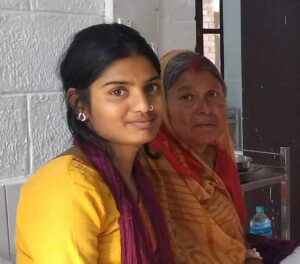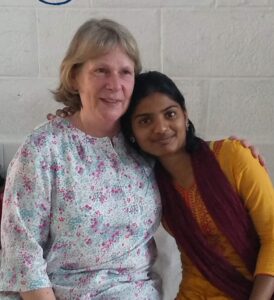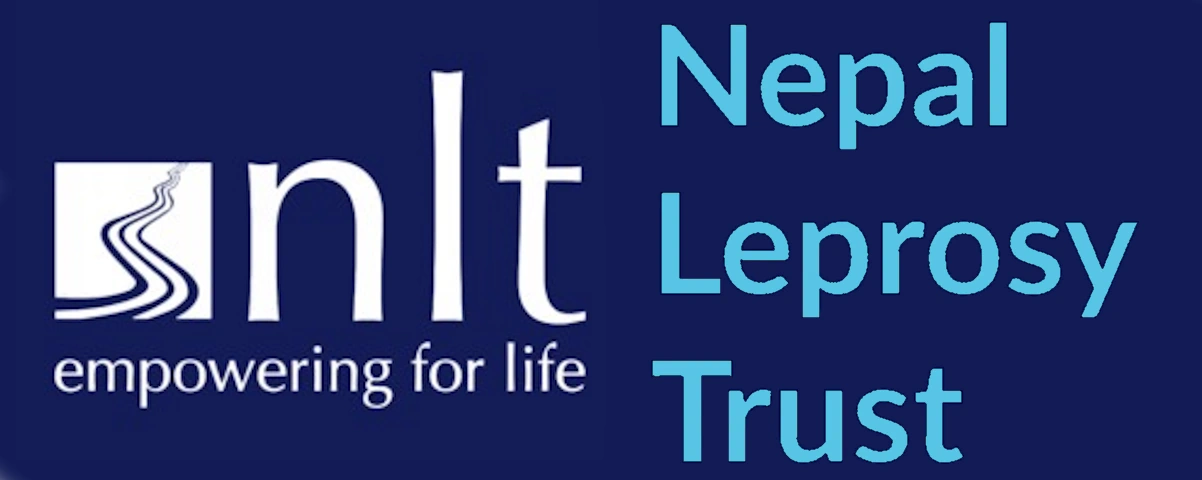The Problem of Poverty
In January, we mentioned the NLT Momentum Clubs and the work they are doing to reduce poverty. NLT’s work has always been closely connected to poverty because leprosy is a disease that flourishes in poverty. Around the world, wherever leprosy is still a problem, poverty is also a problem. Our staff are used to poverty, but sometimes even they can be shocked at its effects. For the last few years we have begun to work in new districts in Madesh Province, where NLT is less well known and where the problems of leprosy are not well understood yet. Last October, we shared about Sangeeta, a lady with leprosy from one of these new areas. Sangeeta is affected by leprosy, and NLT’s expertise saved her from death and will work to restore her to her community and family. The following story about Sita – also from a new area – is similar to Sangeeta’s, although Sita is only indirectly affected by leprosy – her father having been treated at Lalgadh several times. Sita has suffered because of caste and poverty, injury and stigma, in a way that is similar to the effects of leprosy and so her story also captures something of the terrible effects of ignorance, poverty and negative cultural impacts shared by people affected by leprosy. This is Sita’s story:
Sita is a young woman of 20, and only indirectly affected by leprosy – her father having been treated at

Sita with an older lady patient called Sudama
Lalgadh several times because of leprosy. Sita herself has suffered because of caste and poverty, injury and resulting stigma.
Sita was brought to Lalgadh Hospital by her father just before Christmas. She was very unwell due to a spinal injury resulting from a fall that had left her with paralysed legs, incontinence, and ulcerated feet due to nerve damage. She needed much help and care, and was distraught. Her father left her at Lalgadh and was not seen again for two months.
The medical team addressed her ulcers and general health, while the physio team started to work with her to get her used to crutches, and to see how much use she could regain in her legs. Meanwhile, the community team and counselling team worked with Sita to understand her story, help her in her distress, and talk with her about her future. It transpired that Sita lost her mother when she was six, and had to take on the family chores and cooking from then on. She did not go to school and could not even get out to play much. In her family’s caste girls are considered a burden, and she was forced at 17 to marry an Indian man living over the border. Her father could only manage a small dowry, with the result that she was resented by her new family. They used her as a slave for all the chores for the large extended family, including two sister-in-laws. She was not permitted to visit her father and had no one to talk with, as even her husband was not interested in her. This continued for a year or so until the resentment of her in-laws increased to the point where they took her back to her father’s house as a ‘reject’. But he did not want her either and sent her back – to her further shame and embarrassment. Things came to a head on the roof of the house, when her husband spotted a gold pendant that she was wearing and wanted to take it from her. Sita resisted, and in the struggle she was pushed off the roof
She was taken to a hospital, badly injured, and received surgery to repair her damaged spinal cord; but it was ineffective and expensive and the family couldn’t pay. They brought her home, shut her in the house, and left her to struggle, largely alone, with useless legs and incontinence. At one point, she stopped eating the food she was given, convinced it was poisoned. She could not complain to anyone as she had no marriage certificate or citizenship, and she expected to die.
Eventually her father came to see her, saw the terrible state she was in, and took her back to his house to try and care for her. However, her misery continued as her brother’s wife did not want to care for a girl with paralysed legs, and other problems. The sister-in-law did all she could to drive Sita out, until, finally, her father brought her to Lalgadh just before Christmas, about three years after her marriage, and still only 20.
Sita had bad ulcers on both her feet caused by the anaesthesia resulting from her spinal injury. Her father left her at Lalgadh and she did not see him again for two months.

Sita with NLT Trustee Sue Wells
By mid-February, the ulcers were healing well, and Sita has become quite proficient with crutches on flat ground, but longs to be able to walk normally again and to go home – despite the difficulties there. Sita feels that being able to walk will help her to start again and find a better life. She may regain more use of her legs with time and practice, but anaesthesia in her feet (and the associated risk of ulceration) is likely to remain a problem that she will have to live with for the rest of her life.
The team at Lalgadh, including doctors, nurses, a physiotherapist and a counsellor, have been working together to improve Sita’s physical and mental well-being. Her future will not be easy, but a sewing training course is a possible way for her to be more independent. Sita’s time in the company of other ladies in the inpatient department, and being looked after by caring staff, has helped her through some of her sadness and rejection. But she still has much to work through, plus a difficult home situation to face.
In early March 2023, Sita’s father came and took her home again, with her agreement. She is going to begin sewing training, and seems happy to have a chance to start life again – even with the challenges she faces. Do please remember this young woman in your prayers. She needs more physical healing, as well as healing of the inner scars resulting from her experiences. For NLT, it has been another opportunity to help someone broken by poverty, stigma and disability, and the unkindness of a culture that still largely measures the worth of people by the caste they were born into.
